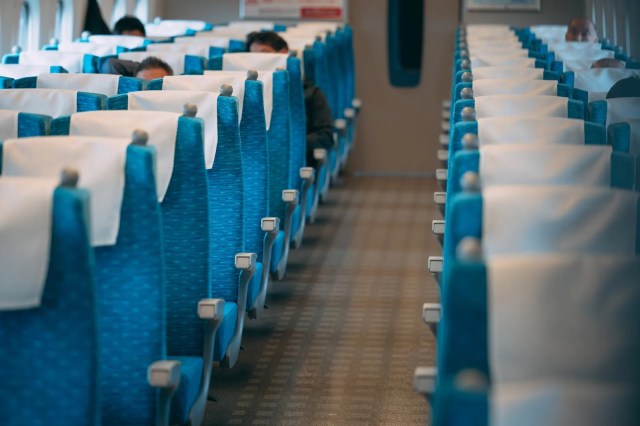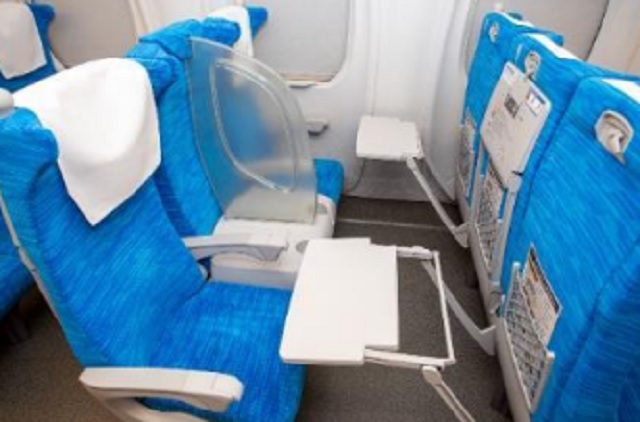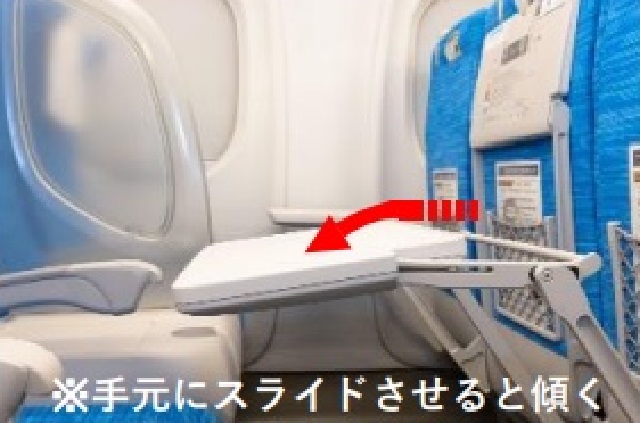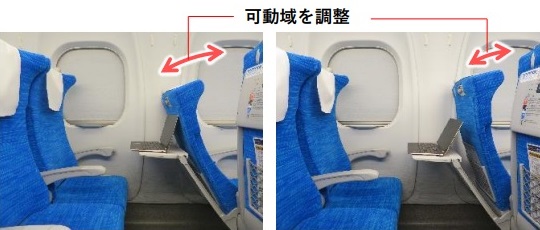Japan’s Shinkansen bullet train will start offering wider seats, but will charge more for them too

50-percent-wider seats are aimed at business travelers on the Tokyo-Osaka route.
The interior of Japan’s Shinkansen bullet train cars usually have an asymmetrical layout. As shown in the photo above, there are rows of two side-by-side seats on one side of the middle aisle, and rows of three adjacent seats on the other.
However, this month some Shinkansen cars are being remodeled, and will have sections with two seats on either side of the aisle. They’re not ripping seats out, though, but making some of the seats 50 percent wider.
▼ The extra-wide seats have a partition between them.

This change, however, isn’t in response to the Japanese population getting girthier, or to accommodate on-average larger-framed tourists from abroad. Instead, business travelers are the target market for these special seats, which can be seen in the video here.
A while back, JR Central, which operates the Tokkaido Shinkansen line which connects Tokyo, Kyoto, and Osaka (and by seamless extension into the Sanyo Shinkansen line also Hiroshima and Fukuoka), began designating the seventh car on its Nozomi-class bullet trains as the S Work car, likely short for “Shinkansen Work.” The idea was to present the S Work car as a place where business travelers who need to get some work done while in transit could clack away on their laptops without feeling guilty or self-conscious that the noise or keeping their seatback trays extended would be an annoyance for leisure travelers.
This month, though, JR Central is further differentiating the S Work car with the introduction of the S Work P Seat (P probably short for “premium”). The area that used to be the middle seat of the three-seat rows is converted into extra elbow room and an integrated cup holder. S Work P Seats also have redesigned seatback trays with surfaces that can be tilted up slightly instead of being left flat, creating a more ergonomic angle like what a laptop stand offers.

In addition, S Work car seat have been modified to not recline as far as seats in other cars, in order to preserve more usable space on the seatback tray for laptops or other work-related mobile devices.
▼ Standard maximum recline (left) versus S Work maximum recline (right)

Even if you’re not working on the train, the S Work P Seat does give you a little more space to stretch out your upper body laterally. On the other hand, the central section is not flush with the rest of the seat, so your hindquarters won’t have any more room than in a normal seat.
The S Work P Seat will be available on not just JR Central’s Nozomi trains, but also its Hikari and Kodama-class Shinkansen starting October 20, and carry an additional charge of 1,200 yen (US$8) over the standard fare.
Source: Livedoor News/Nitele News via Hachima Kiko, JR Central
Top image: Pakutaso
Insert images: JR Central
● Want to hear about SoraNews24’s latest articles as soon as they’re published? Follow us on Facebook and Twitter!
Credit:

0 comments: